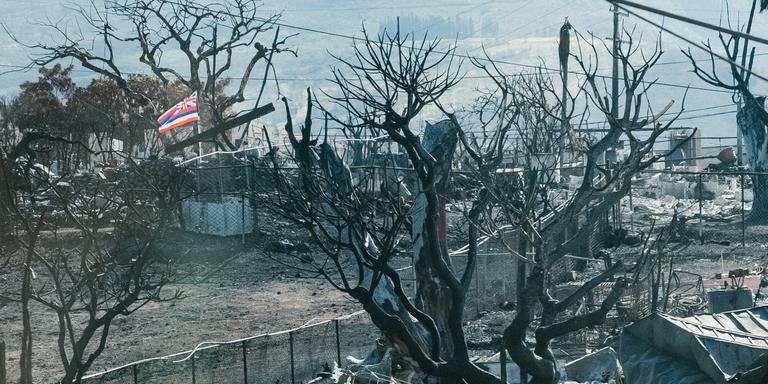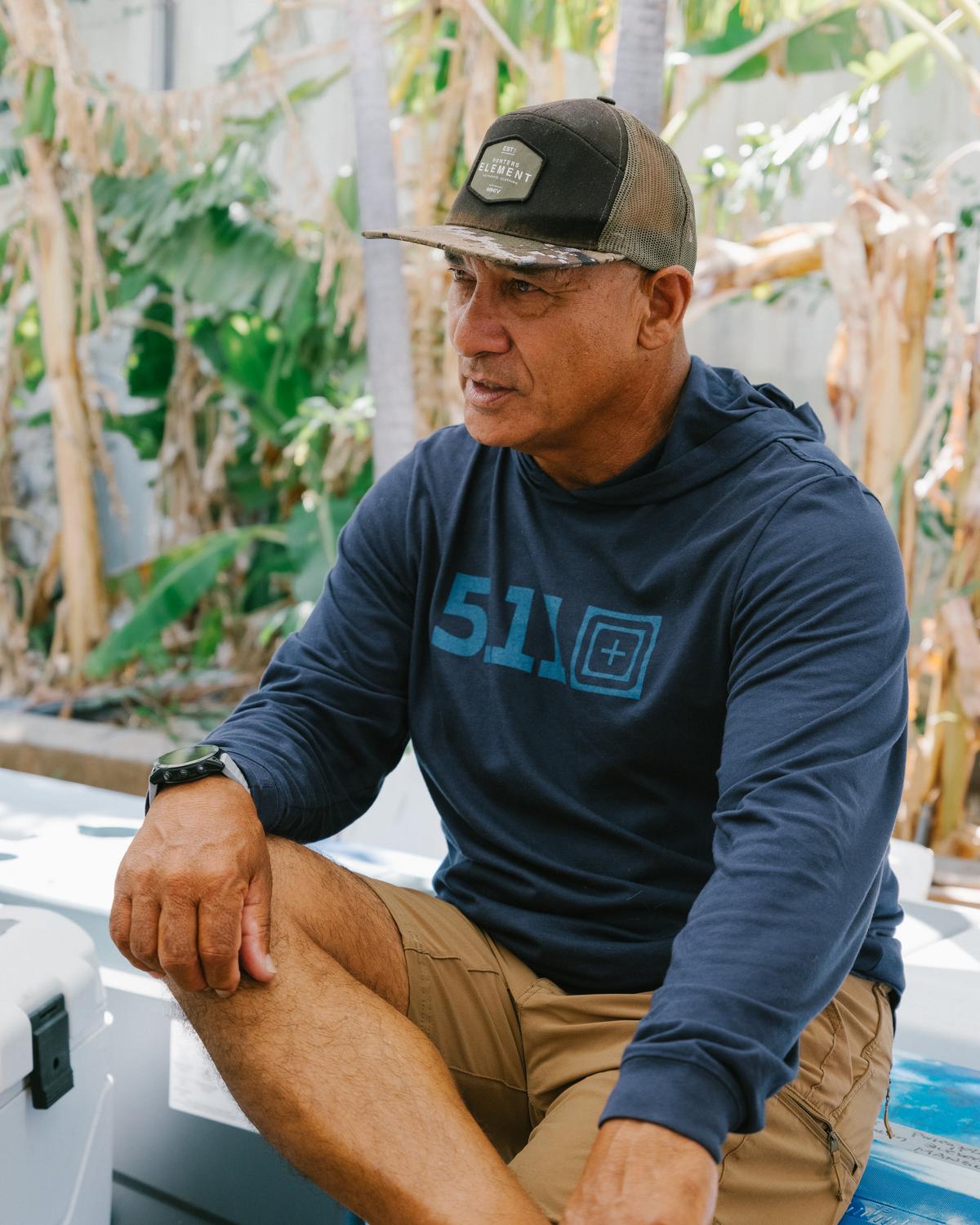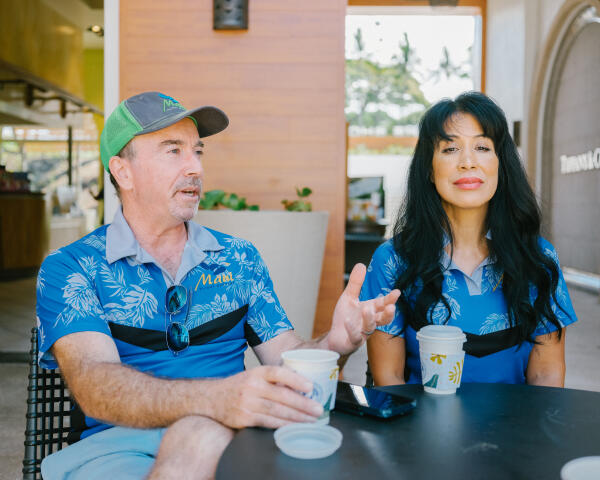


Lahaina blaze revives wounds of Hawaii's colonial past
FeatureAt least 115 people died in the fires that ravaged the archipelago, including the island of Maui, on August 8.
For the rest of the world, the fire that destroyed Lahaina, the former capital of the short-lived Kingdom of Hawaii (1810-1893) on the island of Maui, on August 8, is just another demonstration of the catastrophes predicted as a result of global warming. For the residents of Hawaii, it's the spark that rekindled old wounds that were supposedly healed: that of an archipelago belatedly discovered by British Captain James Cook in 1778 and colonized by the United States in 1898. And it's a story of an island, Maui, once devoted to sugarcane and pineapple plantations, which was transformed into a paradise for wealthy American tourists, where billionaires Jeff Bezos and Oprah Winfrey own huge estates.

But the fire, which left 115 people dead and 388 missing – the death toll as of August 25 – and prompted the evacuation of 12,000 tourists, revealed the other side of the coin, the grievances of native Hawaiians and the vulnerability of the local working population, on an island where the cost of living is as prohibitive as in New York.
"What happened was the apocalypse. Its cause? One hundred and fifty years of destructive colonialism, which led to the deadliest fire in the United States in a century," said Archie Kalepa, 60, "a ninth-generation Hawaiian," legendary surfer and leader of the native community of Lahaina.
It's a statement that worries Laurence Balter, a small airline owner from California. This entrepreneur, who is looking forward to attending Paris Fashion Week in early September, welcomed Le Monde with his wife 45 kilometers south of Lahaina, between a Louis Vuitton store and a Prada boutique in an ultra-chic resort deserted by tourists, from where you can glimpse Oprah Winfrey's property on the hills. "We need the rich to come to Maui. Without them, we'd have no economy and no Americans, and we'd become like any other island in the Pacific, with no tourists," he said, before conceding: "The government and the rich need to show they really care [about the community]. Only time will tell."

Two weeks after the tragedy, such is the state of mind on this small island of 1,900 square kilometers, populated by 165,000 residents. To understand what happened on that fateful August 8, Le Monde met Kalalani Kaaikala-Caban, a refugee on the other side of the island, in Kahului, around the basketball courts. The 25-year-old educator can't play: He has a leg brace and asthma. This is undoubtedly what saved his life when the huge blaze broke out, because, knowing his disability, he was prepared for the worst.
You have 87.23% of this article left to read. The rest is for subscribers only.
